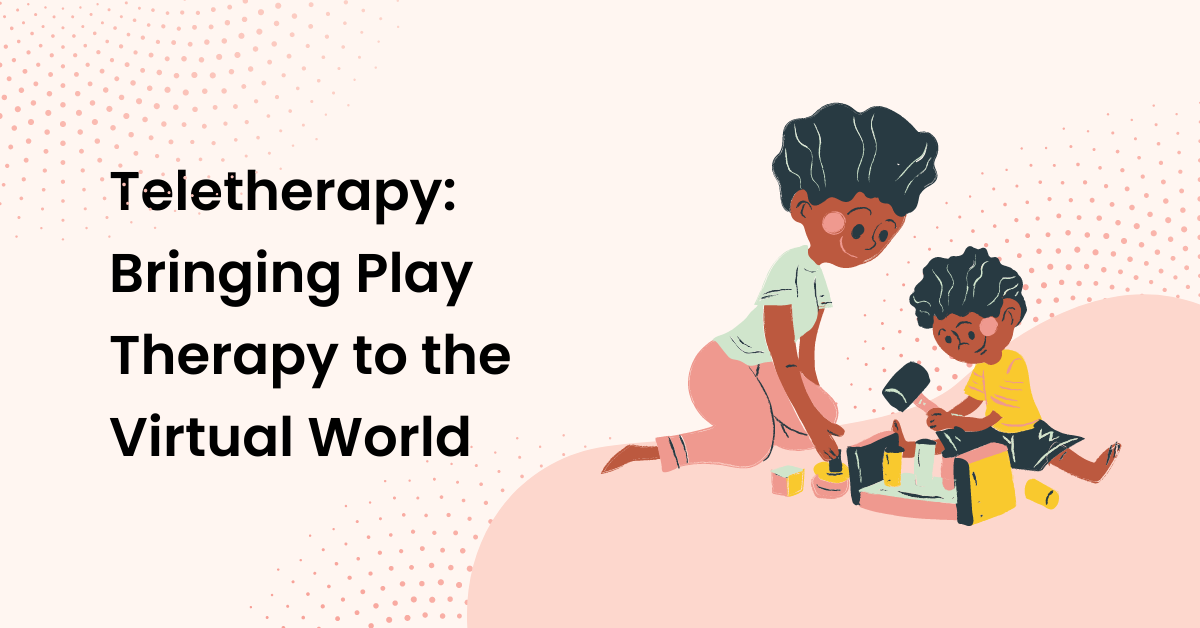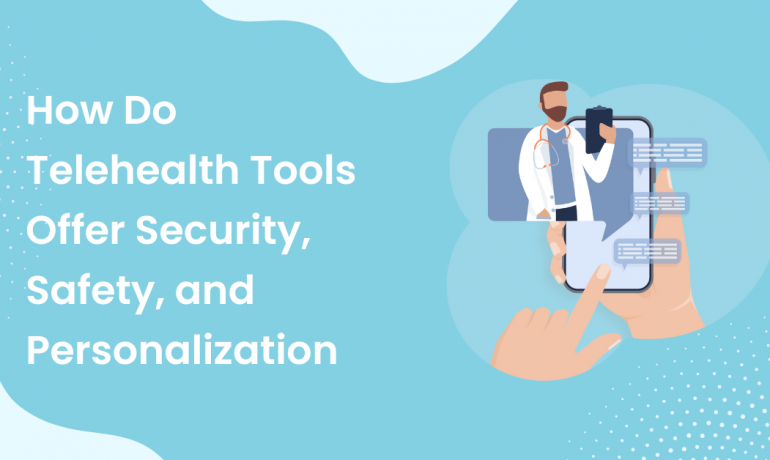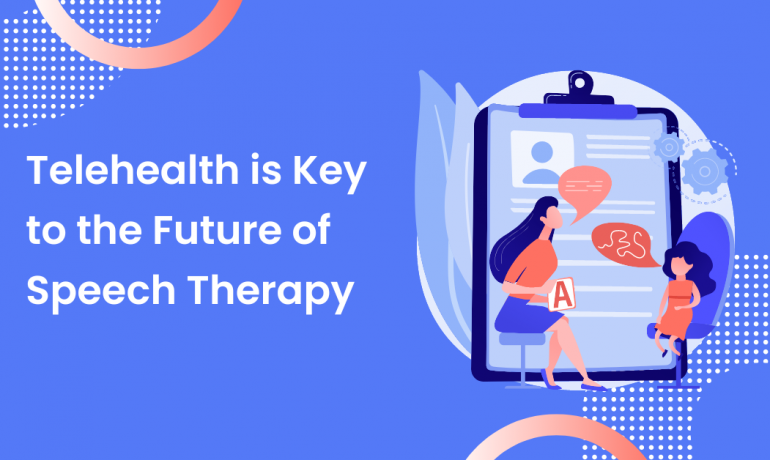In this digital age, anything we can imagine is possible. Virtual schooling? Ordering groceries by tapping your phone screen? Attending a therapy session from the comfort of your own home? The latter is what we will focus on in this article. In particular, let’s explore what is involved when play therapy goes virtual.
About In-Person Play Therapy
The main feature of play therapy is, of course, play. Play therapy is also, as you may already know, directed at helping children resolve their emotional issues and healing their trauma. Family members are sometimes invited to play with the child during a therapy session. Three- to twelve-year-olds with disorders like autism or ADHD or who are otherwise going through a hard time (perhaps due to medical problems or their parents divorcing, for example) can benefit from play therapy. As a play therapist, you can be the adult that changes children’s lives for the better by giving them a way to express what they are feeling.
It is up to you as the therapist to not only pay attention to what your clients are saying, but also to what they are communicating through their body language. By having children play with toys during your therapy session, you will be able to observe their words and demeanor. The use of toys is effective because children become more relaxed at play and put up less of a mask, so to speak. In this type of open environment, children are more likely to tell the therapist what is on their mind. In addition to observing the child play alone, the therapist will also observe how the child behaves with his or her parents and think about how his or her behavior is compared to when the parents are not around.

There are different ways to implement play therapy. For example, the therapist may or may not allow the child to choose specific toys or activities. The therapist may have full control over what the child plays, or he or she may allow the child to play anything that he or she wants. It all depends on what the therapist is trying to help the child to achieve in therapy. Some common activities in a play therapy session are dance, storytelling, and arts and crafts. Through play, children can gain valuable skills, such as problem-solving.
Play therapy is made more effective when the therapist speaks to other important adults in the child’s life (specifically the parents and teachers) in order to get a better grasp of what is going on in the child’s life. The child will also need to work towards goals in order to get the most out of therapy. Of course, these goals may change over time if the therapist feels that the child begins to have different needs over the course of therapy.
Virtual Play Therapy
Virtual play therapy provides all the same benefits that in-person therapy provides, such as teaching children important skills and helping them overcome their emotional problems. Of course, moving play therapy to a virtual space requires a few adjustments to be made. For starters, children cannot use toys, games, and art supplies that are available in the therapist’s office. Rather, they will need to bring their own materials to their virtual therapy sessions.
In virtual play therapy, online games and videos can be utilized, which is different from in-person therapy. The therapist will need to double-check ahead of time that any games or videos selected for therapy are age-appropriate. When you use online games as a means of interacting with clients, you are simultaneously facilitating the development of their social skills. For example, playing a game involves learning how to take turns. Therefore, there is definitely value to online play therapy.
Another adjustment that will need to be made is having children learn how to use their tablet or laptop before the first therapy session so that they will be able to fully participate in the session once the time comes. However, once children have become accustomed to this, they can reap the benefits of virtual play therapy. They will have the opportunity to overcome their issues while being in the comfort of their own home.
This video gives us a great idea of what virtual play therapy is like in action.
This video walks us through how a play therapist uses slideshows, online games, the HIPAA Video platform, and the chatbox feature in order to best serve her client. Over HIPAA Video, screen-sharing is a possibility, but this is not the case for all video conferencing platforms. Therefore, the therapist may be able to share his or her screen while playing an online game like Connect 4 or a board game with a client, or the client may be asked to play the game in a different window. Some games are single-player, while some may require two players. In the case of the latter, the therapist can play with the client.
From watching this, it is clear that a play therapist who chooses to provide virtual services must be well versed in technology. Play therapists must know how to play the various games that the clients are playing, and they must know how to navigate screen-sharing and using video conferencing platforms. On top of that, they need to know how to explain to a child how to use all of this different technology. There is a learning curve in the beginning of online play therapy where the clients become acclimated to the technology.
Lastly, something important that can be observed from this video is that there are certain privacy regulations that must be followed when administering virtual play therapy. Children must use pseudonyms when playing online games in order to protect their privacy. Any slideshows that are shared with the client may not also be shared with another client. And of course, a secure video conferencing platform like HIPAA Video should be used in order to protect the client’s information and privacy.
Choosing to Go Virtual
Hopefully, this article has allowed you to see that virtual play therapy can be just as beneficial for children as in-person therapy is. When it comes down to it, there are very few differences between the two, with both forms of therapy allowing the client to work through emotions through play. With the added incentives of virtual games and videos, along with the client being able to do therapy from the comfort of his or her own home, there is no reason not to consider incorporating virtual play therapy into your practice.





